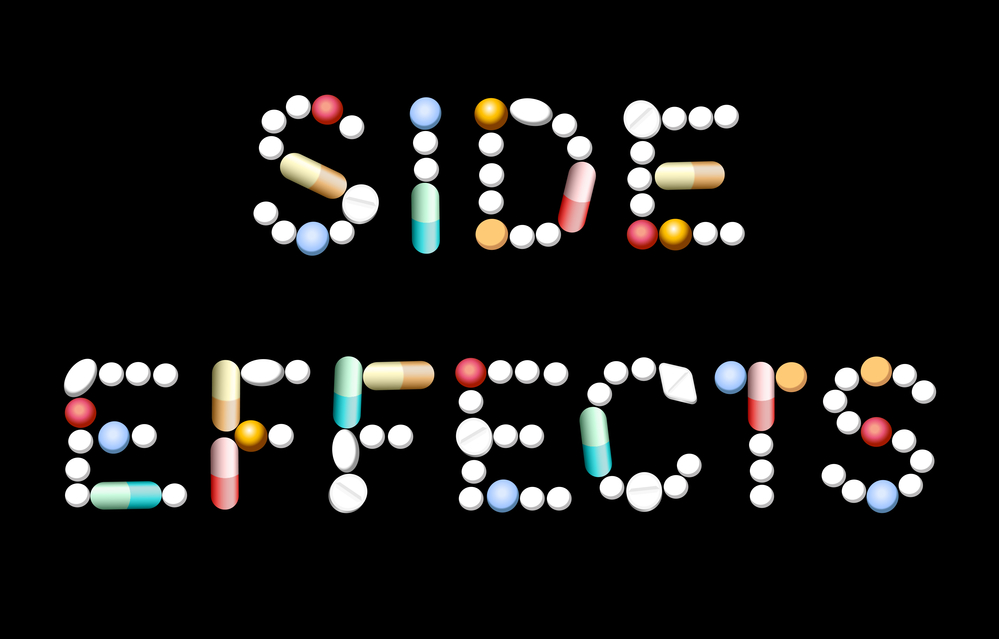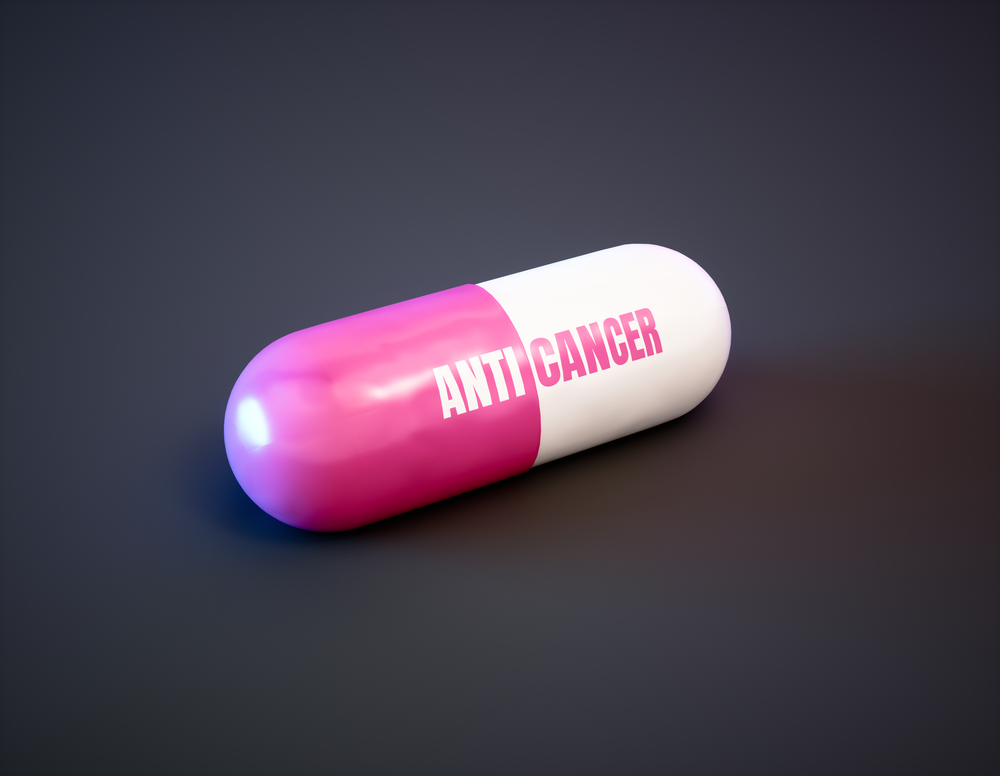Rare ginsenoside benefit: The anticancer effects of ginsenoside Rk1
Liver cancer becomes increasingly prevalent among people aged 55 to 56 years. It seems that people are more likely to be diagnosed with liver cancer with their age increases. In fact, hepatitis B virus infection is one of the most common risk factors for hepatocellular carcinoma. Study shows that hepatocellular carcinoma accounts for approximately 75% of all primary liver cancer. Meanwhile, there is a truth that liver cells suffer natural degradation and become less defensive as people get older. Although a degrading immune system is not necessarily to infect hepatitis B virus, an increasingly weakened liver condition is inevitably vulnerable to the invasion of hepatitis B virus.
Doing the best at this moment puts you in the best place for the next moment!
Indulgence in alcohol-like substance is greatly responsible for promoting precancerous cell growth. Eventually, it poses a great threat to people’s lives at any time. Hepatocellular carcinoma can be gradually cultured in the body of people who are addicted to drinking. The alcohol causes much fat which attaches to the surface of liver and accumulates more than what the body can consume, leading to fatty liver. When the situation gets worse, a progressive inflammation of liver may be caused. Study suggests that the amount of alcohol the average adults can process in an hour is equivalent to 250ml of 4 percent strength beer, 76ml of 13 percent wine, or 25ml of 40 percent spirits. Keeping liver healthy is achievable as long as you limit your daily drinking to a bodily acceptable amount. However, there is a higher risk when people suffer from virus infection also drink alcohol.
Hepatitis B virus infection and alcohol indulgence are shown as the two leading reasons for hepatocellular carcinoma. However, everything has its enemy. There is research showing that rare ginsenoside Rk1 exerts inhibitory effects on liver cancer cell growth by evaluating the effects of rare ginsenoside Rk1 on cell viability of human hepatocellular carcinoma HepG2 cells.
Some people think design means how it looks. But of course, if you dig deeper, it’s really how it works.
Steve Jobs
Toh et al. in 2011 draw a conclusion that ginsenoside Rk1 has a potent effect on the inhibition of liver cancer cell growth. His study shows a significant reduction in cell viability when cell lines HepG2 was incubated with ginsenoside Rk1 for 72 hours. Cell viability is a measure to determine the death or life of cells. Viability test can help to know the effectiveness of pesticide or insecticide since everything in the world is made of cells. A viability analysis can give researchers information about cell reaction to treatment. These statistics can better inform treatment or help doctors give patients more accurate statistics on outcomes of particular types of cancers.

The study conducted by Ko et al. in 2009 divided HepG2 cells into two groups with the same amount. One group cells are incubated with rare ginsenoside Rk1, the other group is incubated with the combination of ginsenoside Rk1 and taxol. The results show that the co-treatment of rare ginsenoside Rk1 and taxol causes more death of HepG2 cells. Cytotoxicity has also been measured after 24 hours and no cytotoxicity was detected. They conducted further tests to evaluate effects of rare ginsenoside Rk1 on HepG2 cell proliferation and found it reduces HepG2 cell proliferation about 40%.
Rare ginsenoside Rk1 has also been found to inhibit melanoma cell growth and gastric cancer cell proliferation, promote anti-platelet aggregation activity and anti-inflammation activity, inhibit vascular leakage and lipid accumulation. These bioactivities of rare ginsenoside Rk1 provide pharmaceutical potentials of cancer treatment. The products that contain ginsneoside Rk1 have been currently used by cancer and tumor patients in North America. Although they can not see how it works on tumor cells, they feel less pain and faster sleep, less fatigue and more energy after chemotherapy or radiotherapy.


